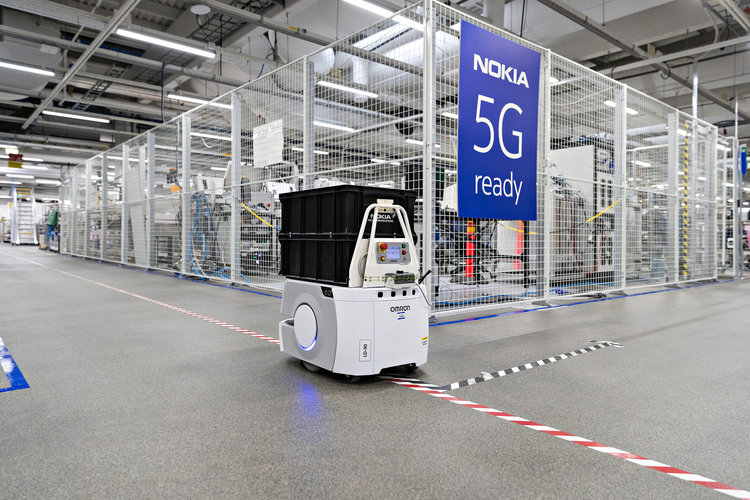Nokia uses liquid cooling to slash 5G base station energy usage
Nokia and Elisa trial technology that could increase energy consumption and efficiency of 5G services

Nokia and Finnish operator Elisa say liquid cooling has reduced 5G base station energy costs by 30 per cent and slashed CO2 emissions by 80 per cent.
The deployment in Helsinki claims to be a world first and is cited by Nokia as an example of how the technology can help mobile operators reduce their operating expenses and achieve sustainability targets.
Around 90 per cent of energy consumed by base stations are converted to waste heat but the ability to re-use that heat results in significant reductions in emissions.
- Intel targets base stations with new Atom chip
- Nokia CEO steps down
- What is 5G? Everything you need to know
Nokia 5G cooling
On top of that, liquid-cooled sites require no maintenance and can be 50 per cent smaller and 30 per cent lighter than standard units. Base station components could also last longer when compared to conventional deployments.
The issue of base station operating expenses and maintenance requirements will be amplified in the 5G era because operators will have to densify their networks with greater numbers of base stations and microinfrastructure like small cells.
Such densification is necessary if operators are able to fulfil the capacity and ultra-low latency requirements of revolutionary 5G use cases such as Artificial Intelligence applications. Higher costs could affect 5G investments by operators, ultimately impacting consumers and businesses.
“Nokia was first to introduce a liquid-cooled base station with the 2G, 3G and 4G base stations with Elisa in Finland,” said Tommi Uitto, president of mobile networks at Nokia.
Are you a pro? Subscribe to our newsletter
Sign up to the TechRadar Pro newsletter to get all the top news, opinion, features and guidance your business needs to succeed!
“Now we have demonstrated the world’s first liquid-cooled AirScale 5G base station in commercial operations, making liquid cooling a reality for all network generations. This innovative solution supports operators in their quest to be more environmentally responsible while allowing them to achieve significant cost savings.”
Nokia says it has delivered zero-emission products to more than 150 customers and is committed to reducing emissions by 41 per cent by 2030. It notes that in 2019, customer base stations that have been modernised consumed 46 per cent less energy than sites that hadn’t been upgraded.
The company is positioning itself as a one-stop-shop for 5G, capable of providing kit for the radio, transport and core layers of next generation networks. It is especially pushing its ‘AirScale’ platform (and features like dual connectivity) as a way for operators to maximise their spectrum assets.
Nokia says procuring equipment, software and services from a single vendor can reduce total cost of ownership by more than 20 per cent and reduce time to market by at least 30 per cent when compared to a multi-vendor strategy.
However, the high cost of developing 5G technology and intense competition in the sector has resulted in the firm cutting its financial outlooks and pausing dividends in recent times. This has led to speculation that Nokia was exploring a merger or possible sale of assets, while reports have suggested the company was preparing to guard itself against any hostile takeover attempt.
- Here are the best 5G phone deals of 2020
Steve McCaskill is TechRadar Pro's resident mobile industry expert, covering all aspects of the UK and global news, from operators to service providers and everything in between. He is a former editor of Silicon UK and journalist with over a decade's experience in the technology industry, writing about technology, in particular, telecoms, mobile and sports tech, sports, video games and media.